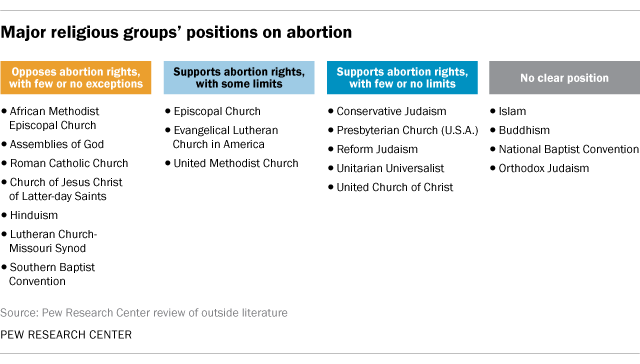Tyre Nichols (1993-2023) was an unarmed Black man killed by police in the US on January 7th 2023. This time the Routine Traffic Stop was beyond the pale even for White people. Instead of putting the killer cops on paid leave and demonizing the victim, as is customary in the US, the officers were fired and arrested for murder. Presumably because all five of the officers were Black.
The Memphis police pulled over Nichols supposedly for drunk driving. They pull him out of his car and throw him to the ground. They act like he is resisting arrest and yet he is not. He is trying his best to follow their contradictory orders – the New York Times counted 71 orders in 13 minutes. Then somehow he runs off. Later when they catch up with him they beat him to within an inch of his life with fists, kicks, and nightsticks. His last words were cries for his mother – just 80 feet (24 m) from home. Not only do the officers not offer him any medical attention, neither do the medics for 15 minutes after they show up! The two medics have been suspended pending investigation.
For three days Nichols, hospitalized, wavered between life and death. Then his heart and kidneys gave out and he died, on January 10th. He was 29. His son is 4.
Protests followed.
Scorpion unit: The officers were part of the Scorpion unit. It was Memphis’ street crime unit which violently overpoliced Black neighbourhoods. If you can call their reign of terror policing. SCORPION is short for “Street Crimes Operation to Restore Peace in Our Neighbourhoods.” According to Amber Sherman of Black Lives Matter in Memphis, their behaviour in the Nichols case was “not abnormal”. It is just what got caught on video and made public after street protests.
Memphis Police Chief C.J. Davis is a Black woman. Memphis is 65% Black, its police force 60%. She called the video “heinous, reckless and inhumane”. But Scorpion was her idea. In Atlanta she led Red Dog, a similar unit which was disbanded for police brutality and illegal searches. New York City’s own street crimes unit was disbanded in the wake of the police killing in 1999 of Amadou Diallo, who, armed only with a wallet, was shot at 41 times. Scorpion itself was disbanded on Saturday (January 28th), the day after the Nichols video was made public.
President Biden:
“Like so many, I was outraged and deeply pained to see the horrific video of the beating that resulted in Tyre Nichols’ death. It is yet another painful reminder of the profound fear and trauma, the pain, and the exhaustion that Black and Brown Americans experience every single day.”
He wants Congress to pass the George Floyd Justice in Policing Act, which Republican senators are blocking.
Was it racist? Benjamin Crump, the lawyer for the Nichols family who specializes in these sort of cases, says police brutality is determined not by the race of the officer but by the race of the citizen. After all, it is not like unarmed White motorists are beaten to death for drunk driving.
– Abagond, 2023.
See also:
- The extremely incomplete list of unarmed Blacks killed by police
- killer cops
- The perfect victim
- internalized racism
517




















